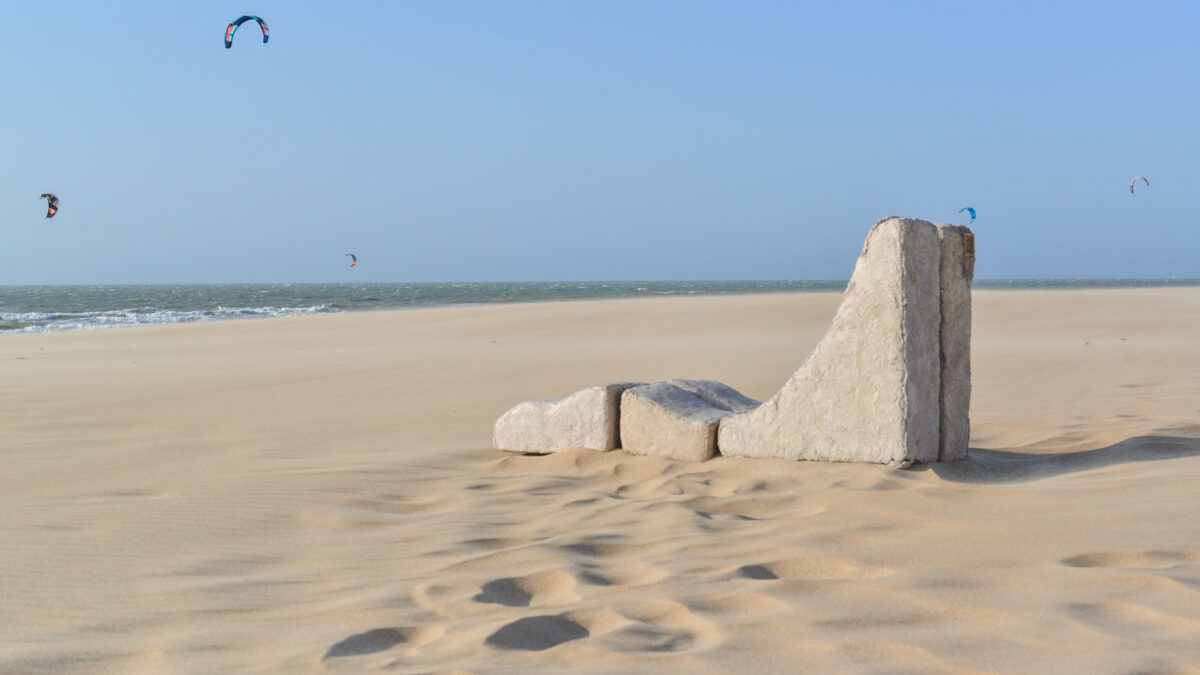
SEAt SHELL, the circular seat by Marieke De Backer
Marieke De Backer is a 23-year-old interior architect, graduated from Sint-Lucas in Ghent, Belgium, who decided to continue her studies into the world of furniture design (VOMO) at the Thomas More Hogeschool in Mechelen. A common aspect of the designer’s work is always a careful look at sustainability, an example is one of her latest projects, SEAt SHELL – also included in the new and free Materials Design Map.
Ecology and sustainability in Marieke De Backer’s early projects
During her studies Marieke began to experiment with design and her first results are the BUDO bench and lounge chair and the CART shelf and coffee table. The first is composed by a couple of seats with a reclaimed oak structure to which Taekwondo sports belts are applied, then fixed with a sliding buckle. The name BUDO derives from a secondary branch of the discipline, the same from which the belts used come.
The CART collection consists of a shelf and a coffee table created by the designer out of necessity after experiencing a lot of traveling as a student. With a very simple and intuitive design, the structures are connected with a butterfly screw system, allowing easy assembly and disassembly of the piece. Leftover wood was used to create the coffee table.
Two products designed during her studies that deserve further development, but both underline the designer’s attention to concepts related to ecology and circularity: recycling and reuse of materials, simple assembly of parts, flat-pack products that can be shipped easily and with a smaller footprint than a traditional piece of furniture.
c
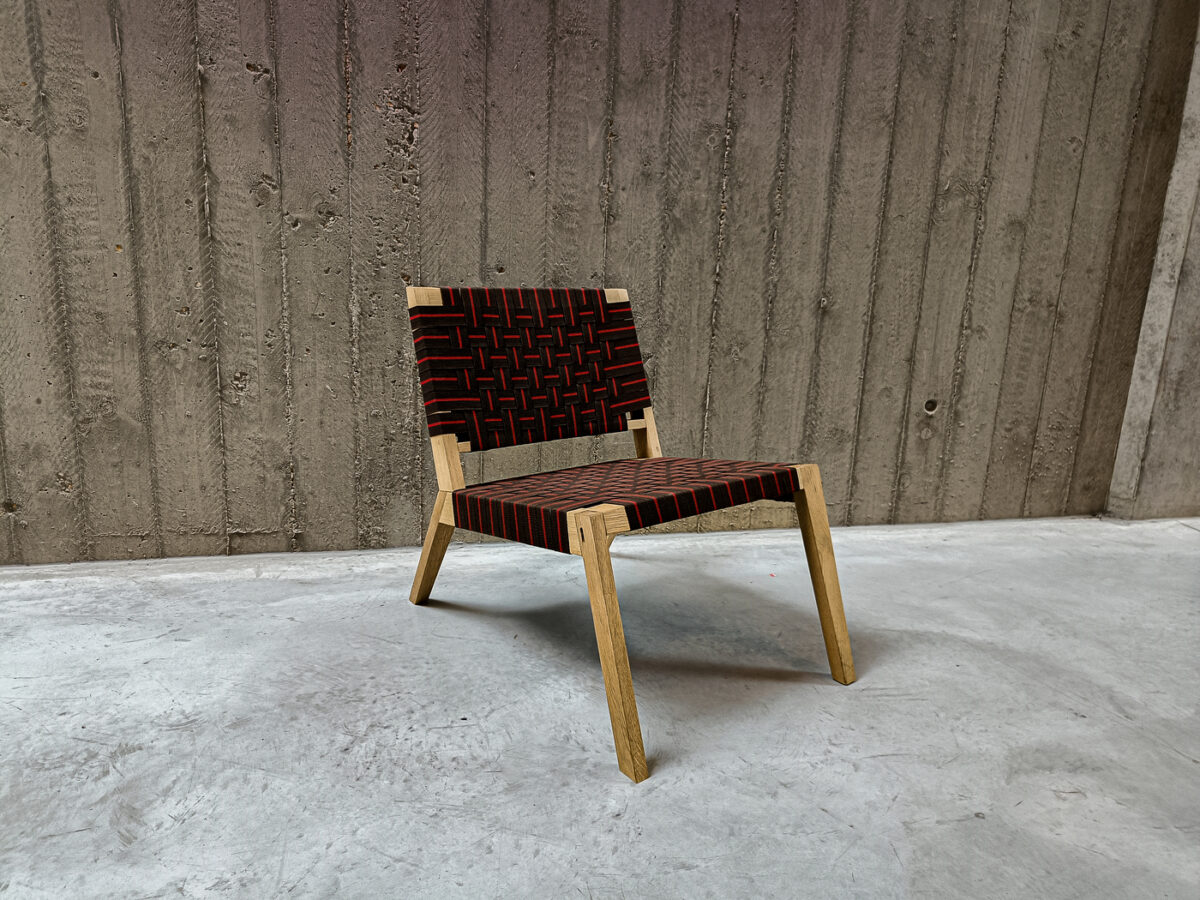
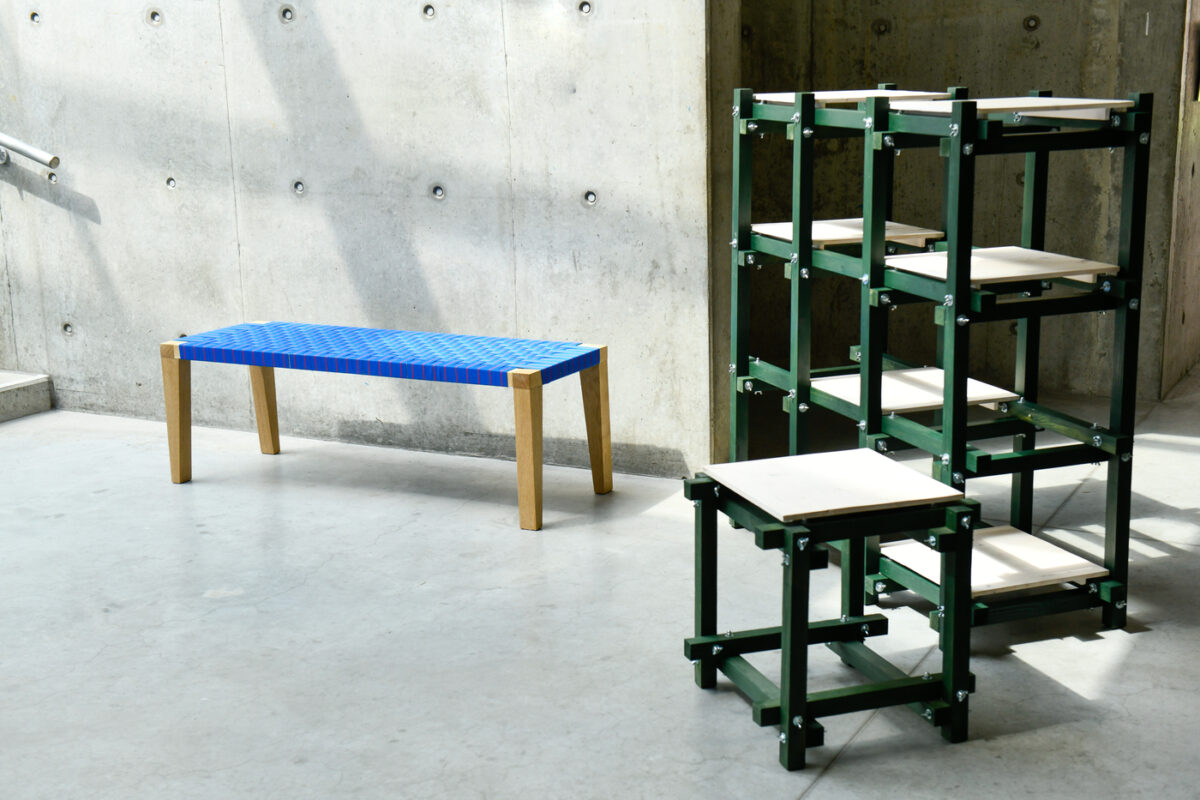
c
The circular design of SEAt SHELL
SEAt SHELL is the final design Marieke created for the course at Thomas Moore Hogeschool. The design process focused on the search for a new circular material to be subsequently applied to a piece of furniture. The result is a beach chair made up of mussel and oyster shells from fish restaurant waste. The aim of the project is to make us reflect on the problem of waste and our way of consuming.
The entire seat is compostable and completely soluble in the sea. We asked Marieke if the furniture had been designed for sale and she explained that the project began as a possible commercial product, then during development it gradually turned into a provocation in the form of an installation, although she admits “It would be nice to see SEAt SHELL soon on the Belgian coast and present it to everyone”.
Made for the summer season, the lines of the seat are inspired by the beach and the dunes and the material comes from the sea to… return to the sea. The effect of atmospheric agents, in fact, completely decomposes SEAt SHELL without leaving waste. A project with great potential which, instead of being sold to the final customer, could become part of a waste management project of the various coastal locations, not only in Belgium, but throughout Europe. She is currently looking for funds to develop her installation on the coast of Belgium.
Marieke tells us: “As a recent graduate I’m still looking for my style… but perhaps a common trait that can be seen in my projects is that of ecology, of circularity”. From September, the designer will deepen this path with the Circular Building course at the Howest Hogeschool (Belgium) which will give her the opportunity to further develop her interest. To see all the designer’s projects, visit her website and follow her on Instagram!
SEAt SHELL, is part of the new and free Materials Design Map, send us your project too!
c
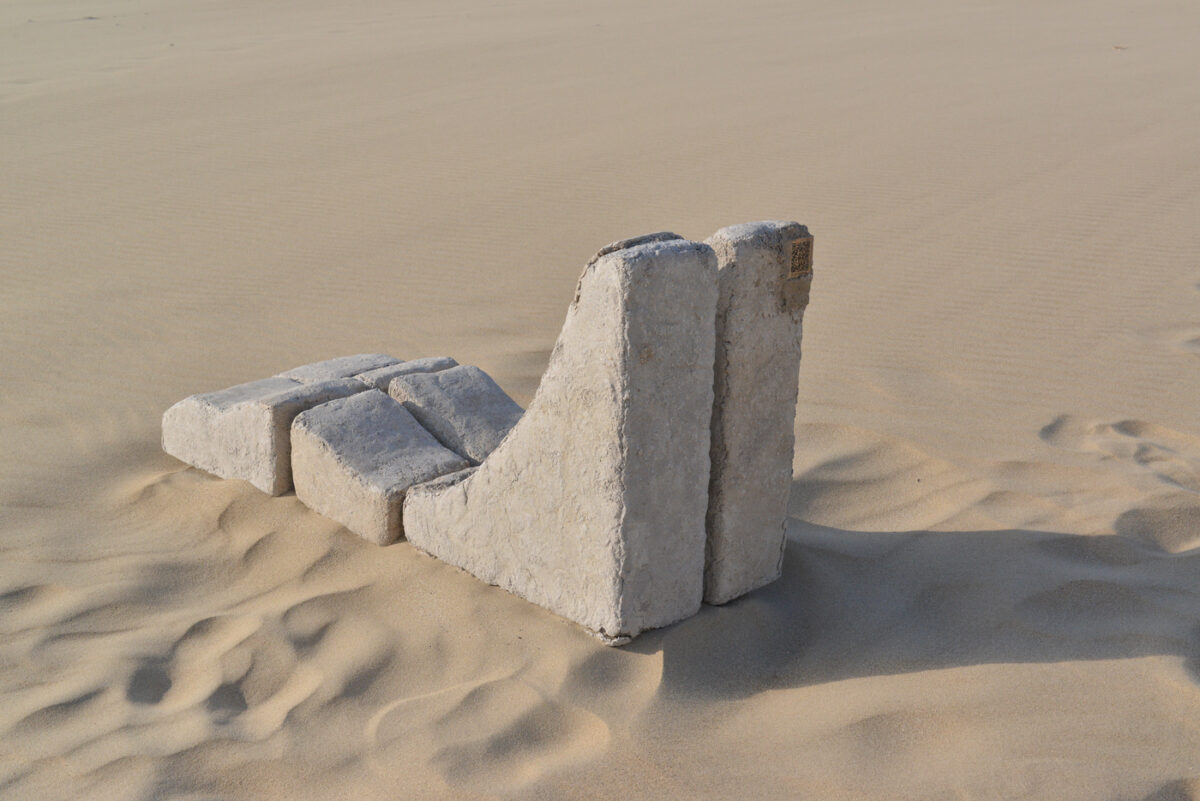
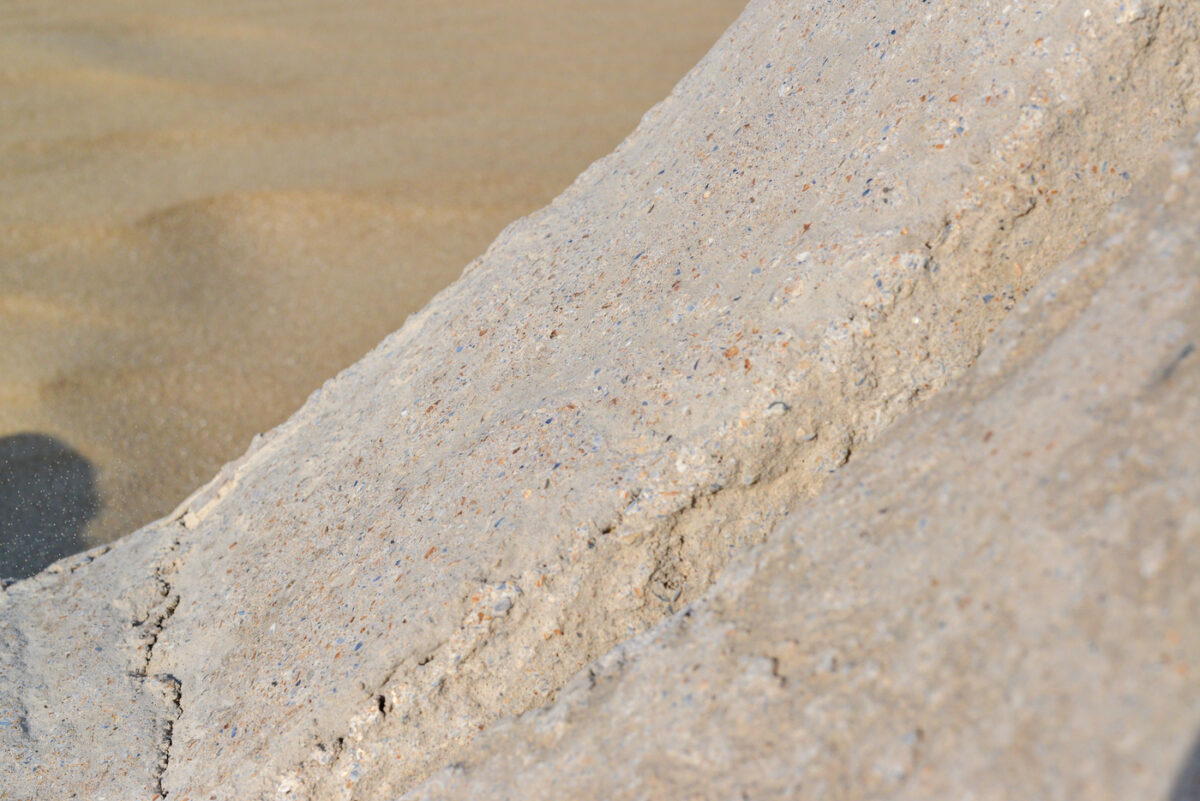
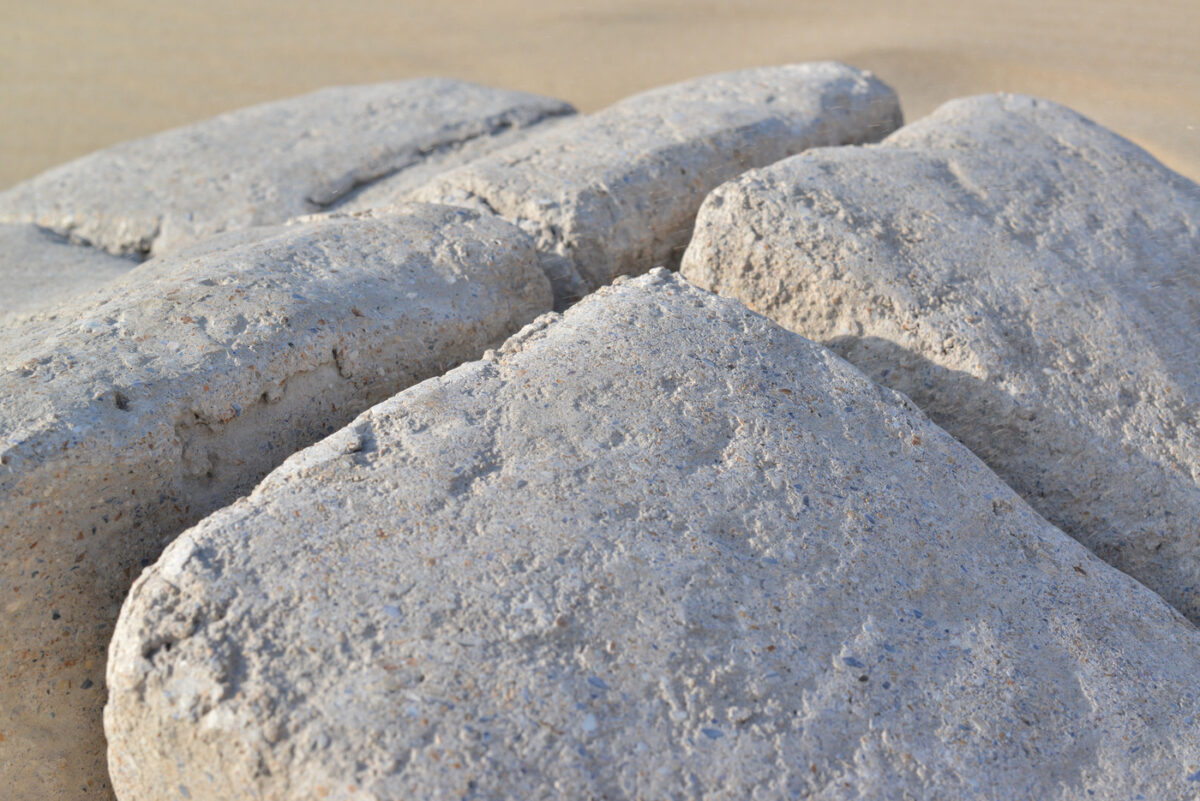
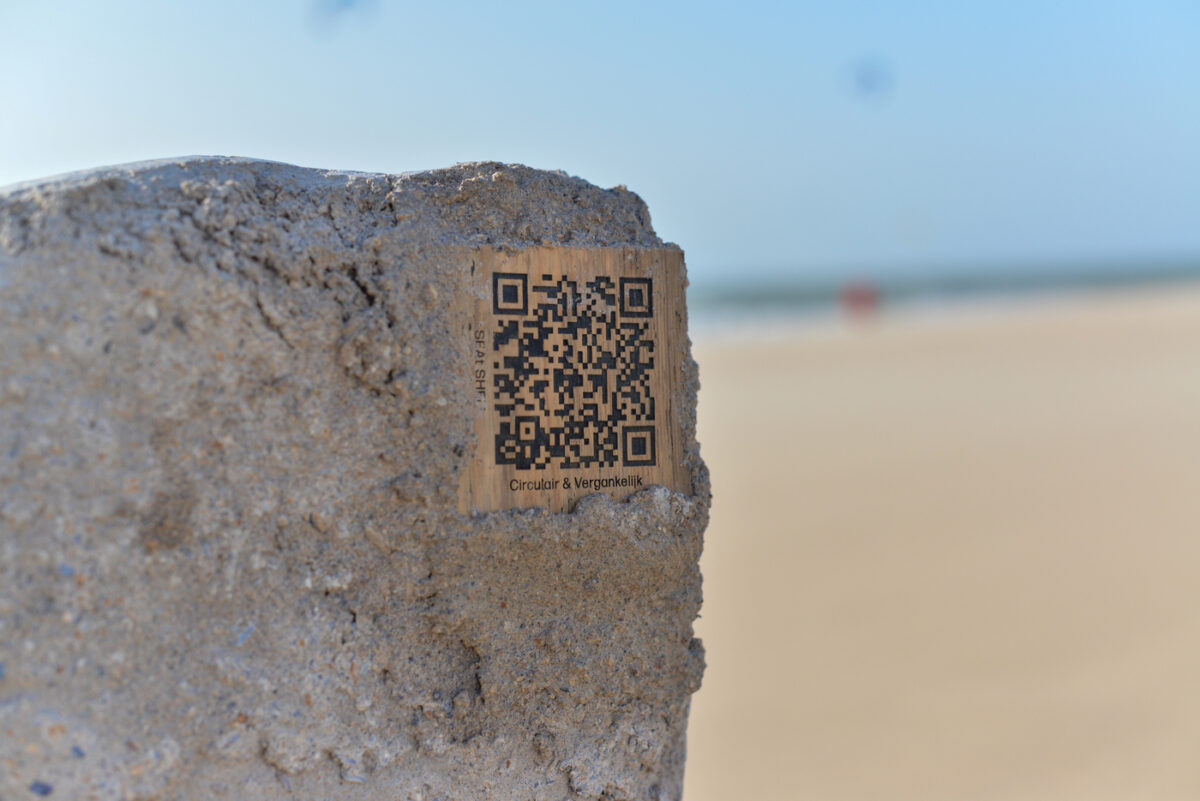
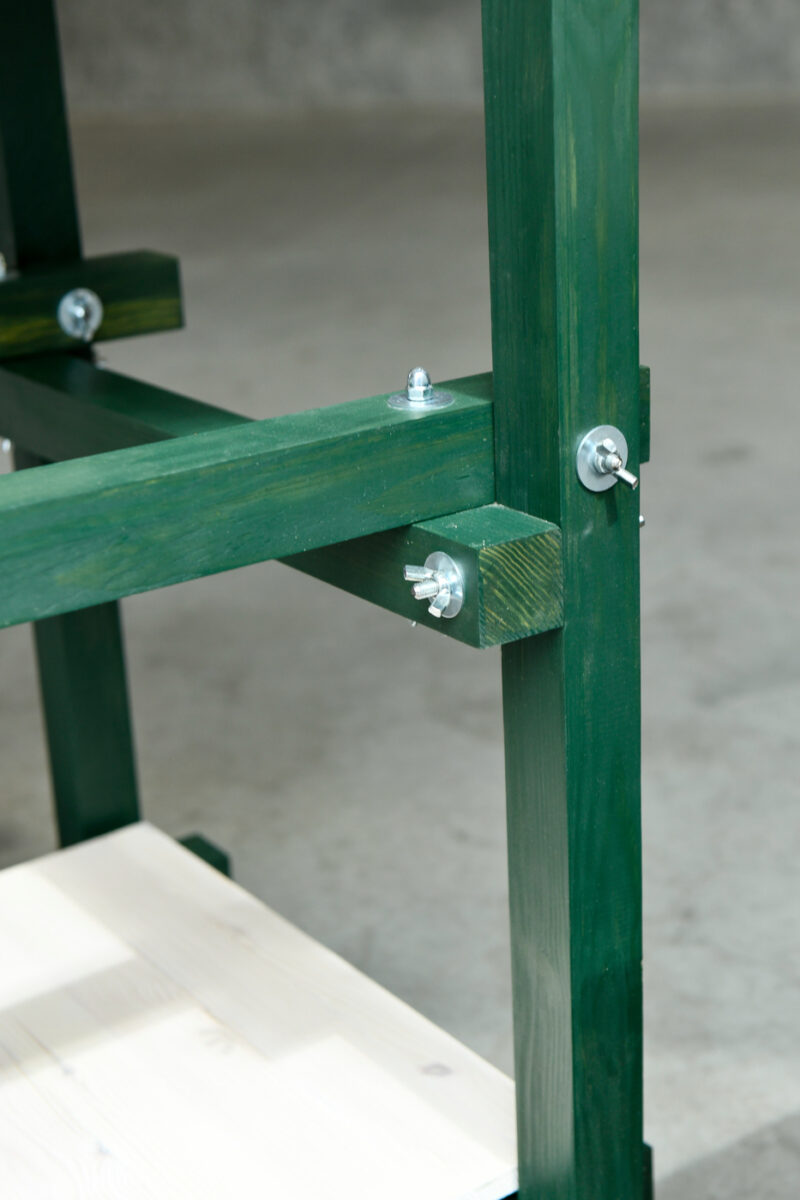
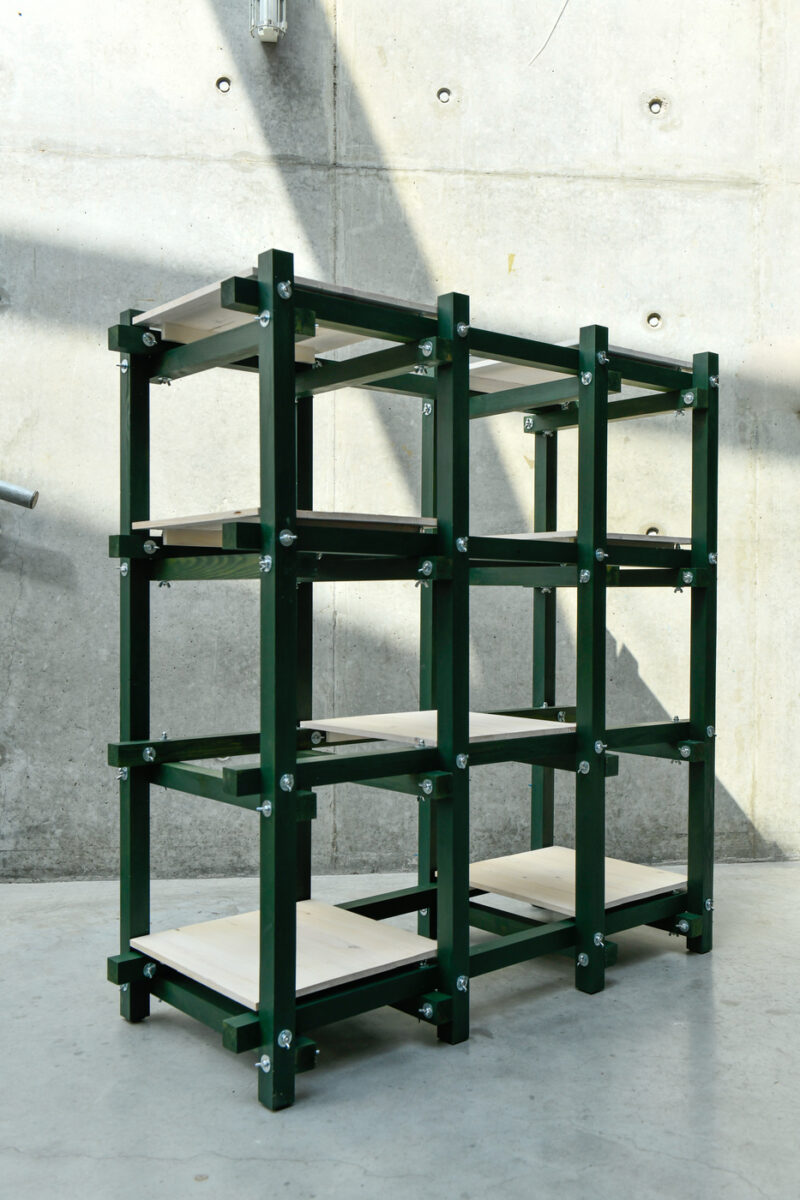
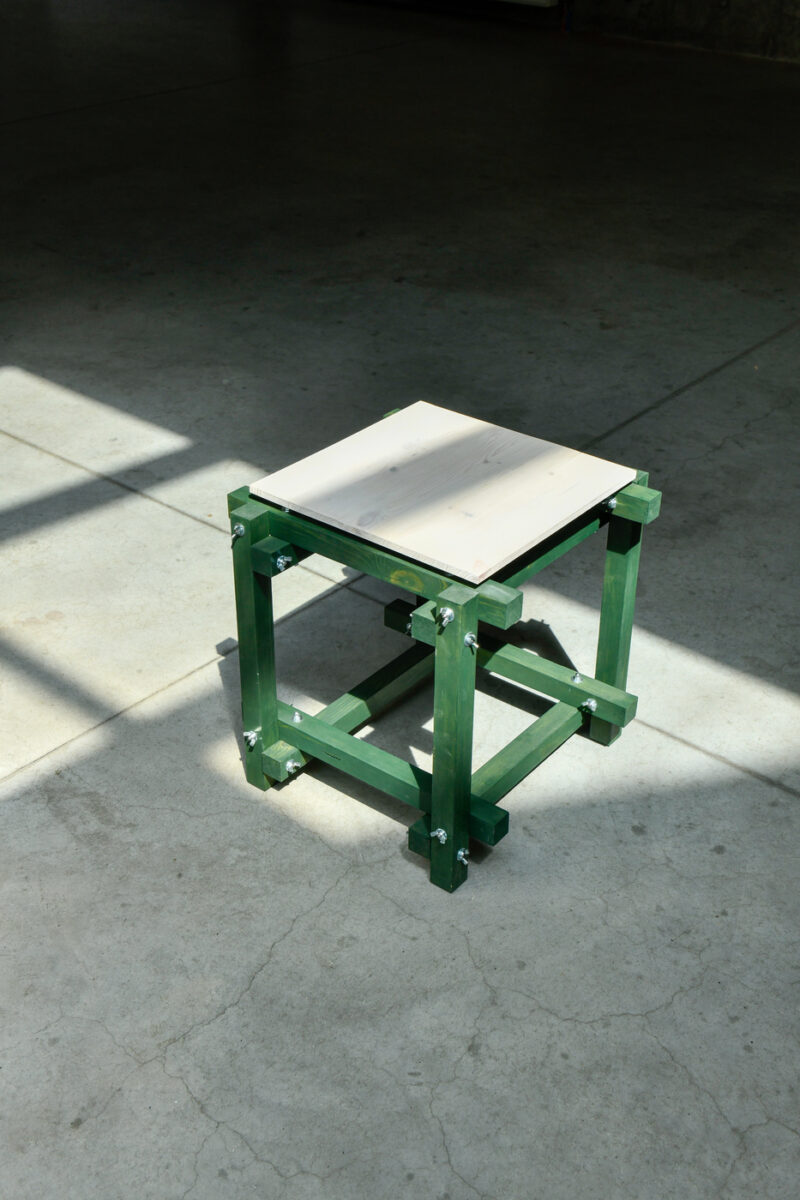
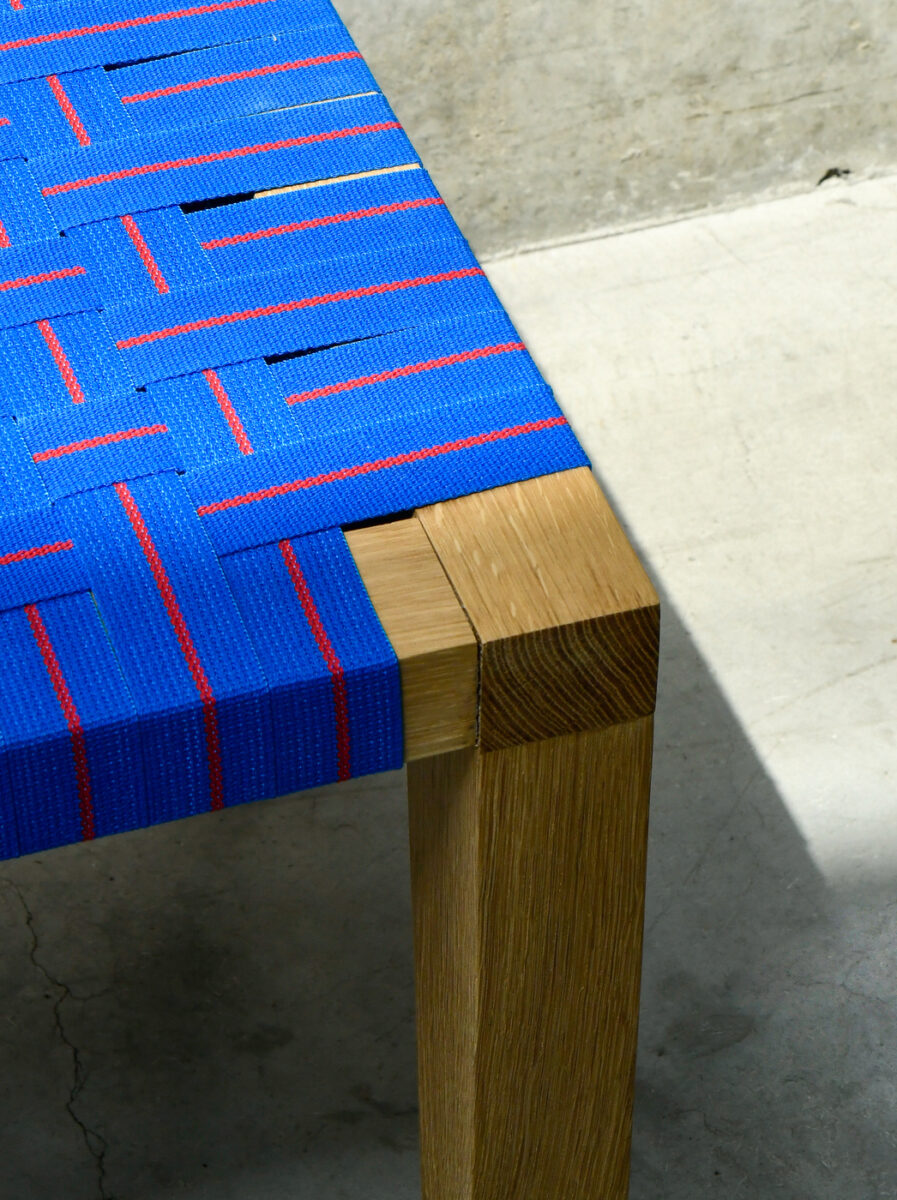
Photo courtesy
